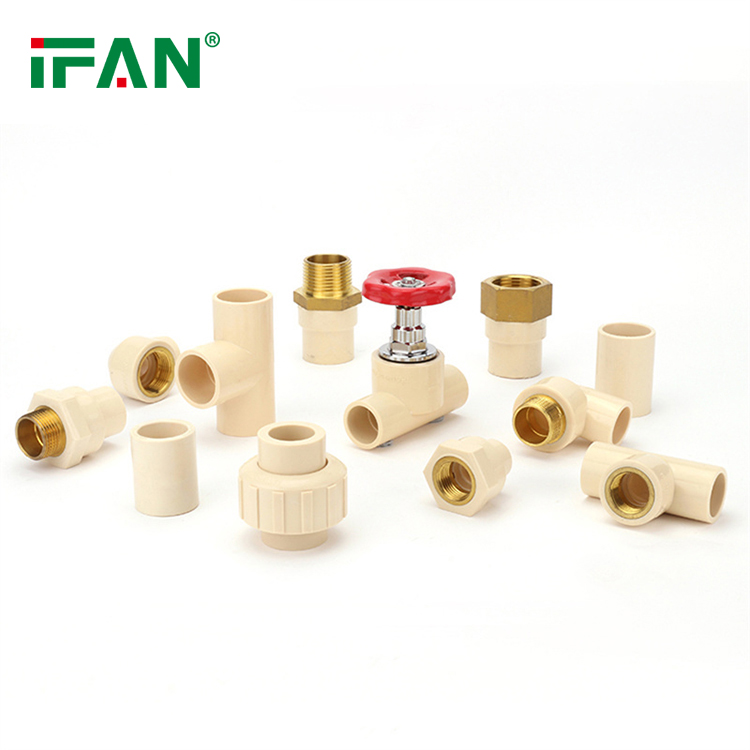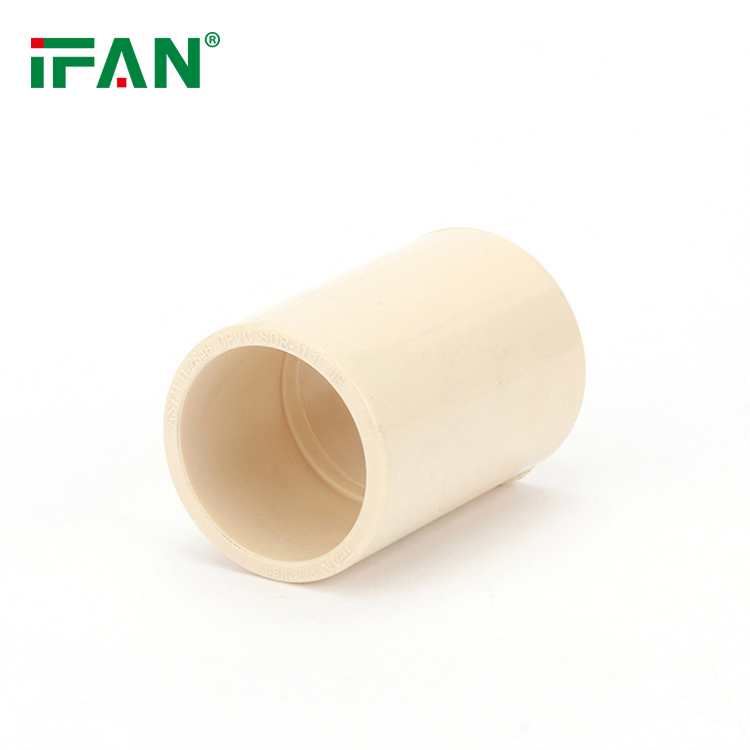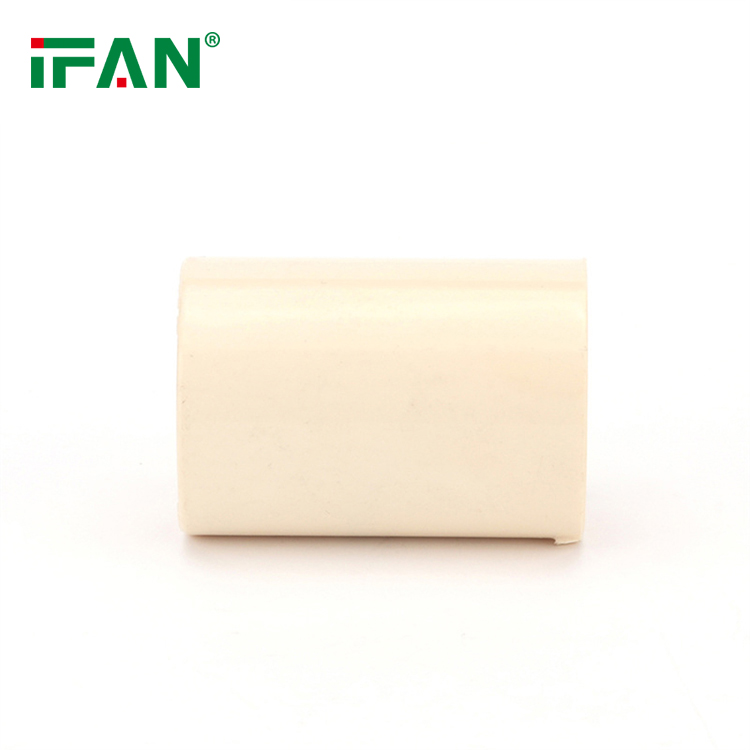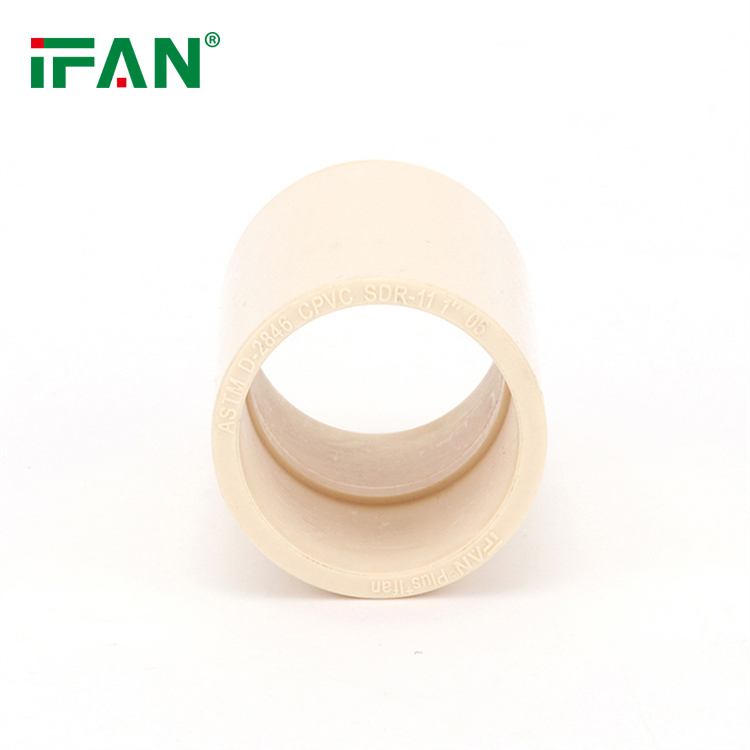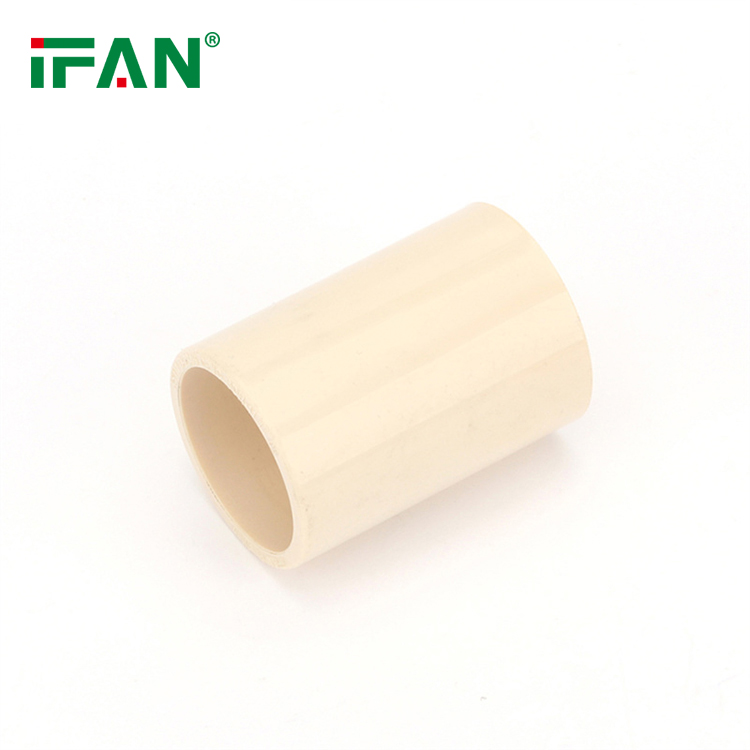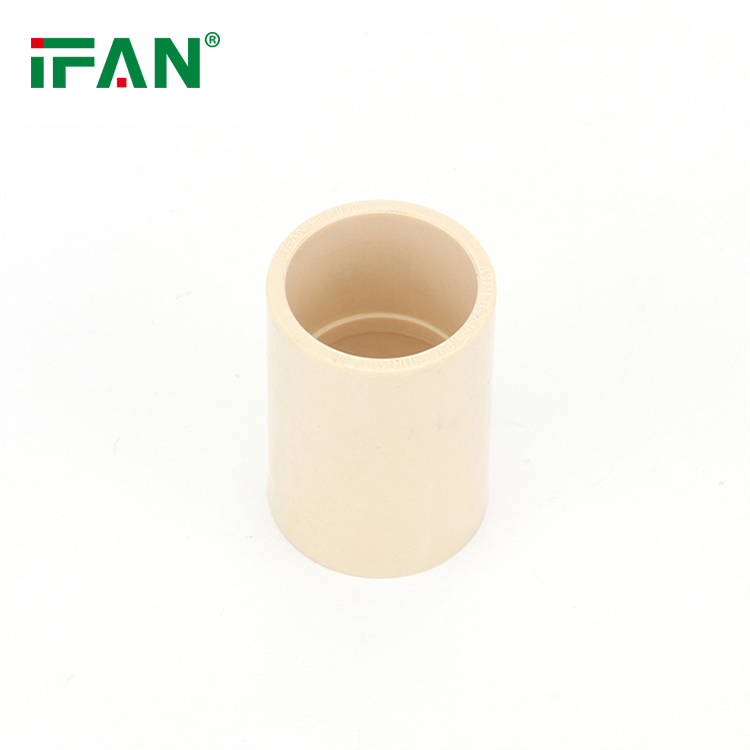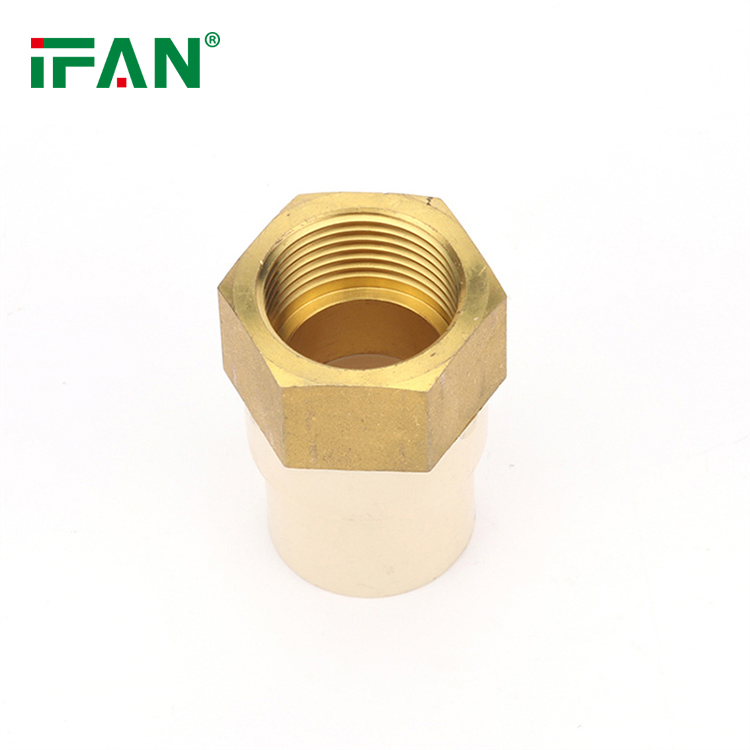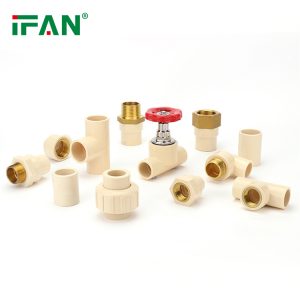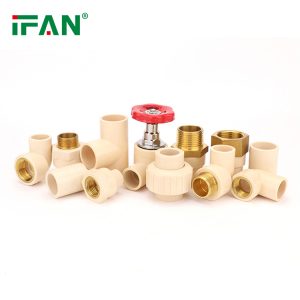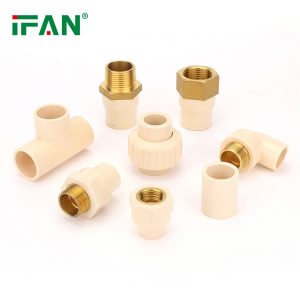Description
PVC (polyvinyl chloride) and CPVC (chlorinated polyvinyl chloride) are both thermoplastic materials used in various applications, including piping systems. While they share similarities, there are important differences between PVC and CPVC. Let’s explore these differences in more detail:
Chemical Composition: The primary difference between PVC and CPVC lies in their chemical composition. PVC is made from polyvinyl chloride polymer, while CPVC is a variant of PVC that has undergone chlorination to increase its chlorine content. This additional chlorine content in CPVC enhances its heat resistance and chemical resistance compared to PVC.
Temperature Resistance: CPVC offers better temperature resistance than PVC. PVC has a maximum service temperature of approximately 140°F (60°C), whereas CPVC has a higher maximum service temperature of around 200°F (93°C). CPVC is better suited for applications involving hot water systems or industrial processes that require higher temperature resistance.
Strength and Durability: CPVC is generally stronger and more durable than PVC. The chlorination process in CPVC improves its impact resistance and resistance to physical stress, making it less prone to cracking or breaking. PVC, on the other hand, may be more susceptible to damage under certain conditions.
Chemical Resistance: CPVC exhibits better chemical resistance compared to PVC. The additional chlorine in CPVC enhances its resistance to a wide range of acids, alkalis, and corrosive substances. PVC is less resistant to certain aggressive chemicals and may not be suitable for applications where chemical resistance is critical.
Cost: PVC is generally less expensive than CPVC. The additional processing steps involved in the chlorination process make CPVC more costly to produce, resulting in a higher price point compared to PVC.
Applications: PVC is widely used in various applications, including plumbing, irrigation, electrical conduits, and construction. CPVC, with its improved temperature and chemical resistance, is often utilized in hot water systems, industrial processes, and applications requiring enhanced durability and chemical resistance.
In summary, the main differences between PVC and CPVC lie in their chemical composition, temperature resistance, strength and durability, chemical resistance, cost, and application suitability. CPVC, with its chlorinated structure, offers improved temperature resistance and chemical resistance compared to PVC, making it a preferred choice in specific applications where these properties are crucial.
Related products


